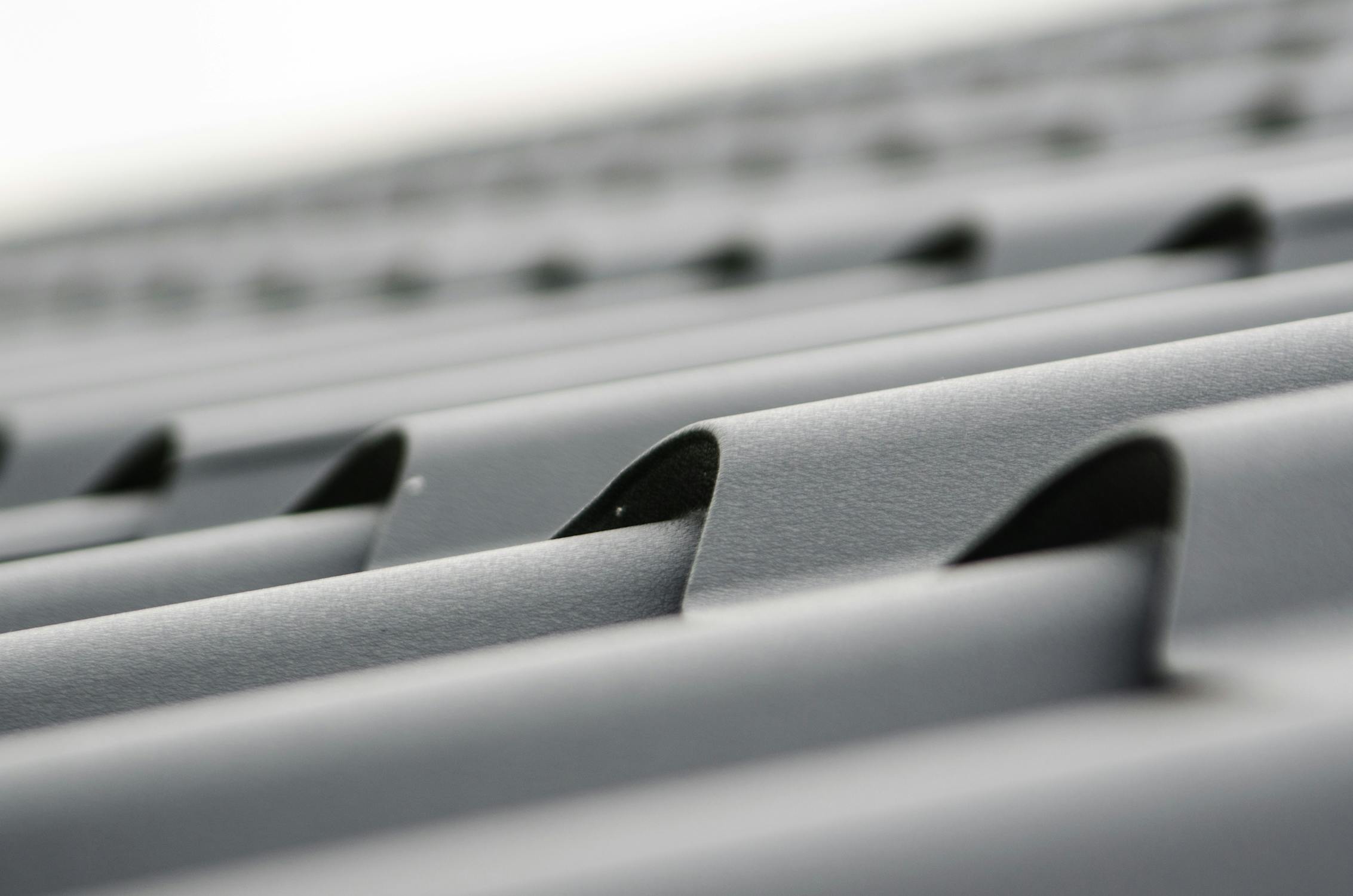Traditional Tile Roofing Costs: Understand Your Investment
Traditional tile roofing has long been celebrated for its timeless aesthetics and durability. Originating from ancient construction methods, it has evolved into a symbol of classic architecture and robust performance. The decision to install a traditional tile roof comes with financial considerations that go beyond mere material costs. From installation to maintenance, understanding the investment required can help homeowners make informed decisions about this durable roofing option.

Factors such as material type, labor, and long-term benefits play a significant role in determining overall expenses.
The Cost Breakdown of Traditional Tile Roofing
When exploring traditional tile roofing costs, it’s essential to recognize the various components that contribute to the overall expense. The primary factor is the type of tile selected. Clay tiles, Are popular for their natural look and longevity but tend to be more expensive than concrete tiles. According to Forbes, clay tiles can range between $10 to $30 per square foot, while concrete tiles are typically priced between $8 to $20 per square foot.
Labor is another critical cost consideration. Unlike asphalt shingles, which are relatively simple to install, tile roofs require skilled labor due to their weight and specific installation techniques. Expect labor costs to range from $4 to $8 per square foot depending on your region and the complexity of the project.
Additional expenses may include underlayment materials, fasteners, and specialized equipment necessary for installation. These factors can add several thousand dollars to the final bill. Homeowners should also account for structural reinforcements if their property wasn’t initially designed to support a heavy tile roof.
Material Options: Clay vs. Concrete Tiles
The choice between clay and concrete tiles significantly impacts both upfront and long-term costs. Clay tiles are known for their vibrant colors that don’t fade over time due to natural pigmentation. These tiles often last over 50 years with minimal maintenance but come at a higher initial cost.
Concrete tiles, on the other hand, are an economical alternative offering similar durability. They can mimic various textures and styles, including wood shake or slate, making them versatile for different architectural designs. They may require periodic sealing to maintain their appearance and resist moisture absorption.
Both materials have their pros and cons, so it’s crucial to weigh aesthetic preferences against budget constraints and climate conditions in your area.
Long-Term Benefits and ROI
While traditional tile roofing requires a higher initial investment compared to other roofing options like asphalt shingles or metal roofing, it offers substantial long-term benefits. Tile roofs are highly durable and can withstand extreme weather conditions such as heavy rain, high winds, and even fire.
These roofs have excellent insulation properties, reducing energy costs by maintaining stable indoor temperatures year-round. Their lifespan often exceeds 50 years, minimizing replacement expenses over time.
- Energy Efficiency: Reduced cooling costs during summer months.
- Low Maintenance: Minimal repairs needed over decades of use.
- Resale Value: Enhanced curb appeal increases property value.
Maintenance Costs
Although traditional tile roofs are generally low-maintenance, occasional upkeep is necessary to ensure longevity. Cracked or broken tiles should be replaced promptly to prevent water infiltration. Homeowners should also clean gutters and remove debris regularly to avoid clogging that might lead to water pooling on the roof surface.
The cost of repairs depends on the extent of damage but typically ranges from $200 to $1,000 per repair job. It’s advisable to have periodic inspections performed by professionals to identify potential issues early on.
Regional Pricing Variations
The geographic location of your home plays a significant role in determining traditional tile roofing costs. Regions with a higher prevalence of tile roofs may have more experienced contractors available, potentially reducing labor costs through competitive pricing. Conversely, areas where tile roofs are less common might require importing materials or hiring specialized labor at premium rates.
Climate conditions also influence material choice and associated costs. Homes in warmer climates often opt for lighter-colored tiles with reflective coatings to reduce heat absorption. In contrast, colder regions may prioritize heavier tiles capable of withstanding snow loads.
Environmental Impact
Traditional tile roofing is considered an environmentally friendly option due to its sustainability features. Both clay and concrete tiles are made from natural materials that can be recycled at the end of their lifespan. Their durability reduces waste generated by frequent roof replacements.
This eco-friendly aspect is particularly appealing for homeowners looking to reduce their environmental footprint without compromising on quality or aesthetics.
Traditional tile roofing represents a significant investment with both upfront costs and long-term benefits worth considering carefully. Factors such as material type (clay or concrete) labor expenses, regional pricing variations, maintenance needs, and environmental impact all play pivotal roles in determining overall costs. While the initial expenditure may be higher than other roofing options, the durability, energy efficiency, and aesthetic appeal of tile roofs often justify the investment for many homeowners.
If you’re contemplating traditional tile roofing for your home, consult with local contractors and gather multiple quotes to find the best fit for your budget and needs. With proper planning and professional installation, this timeless roofing solution can provide decades of reliable performance while enhancing the beauty of your property.
